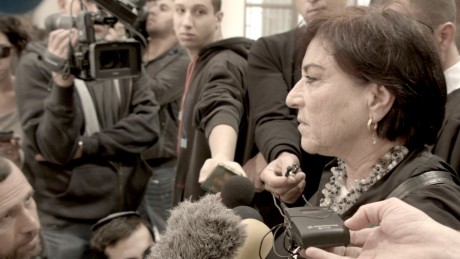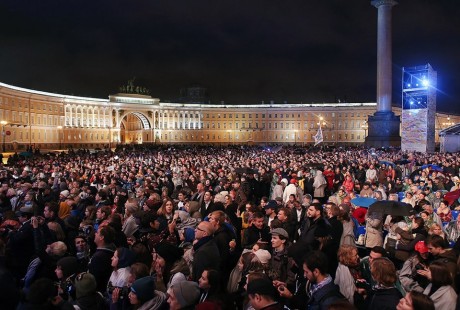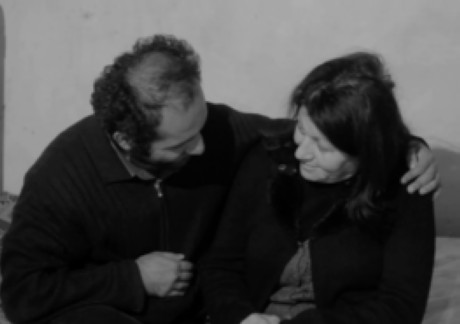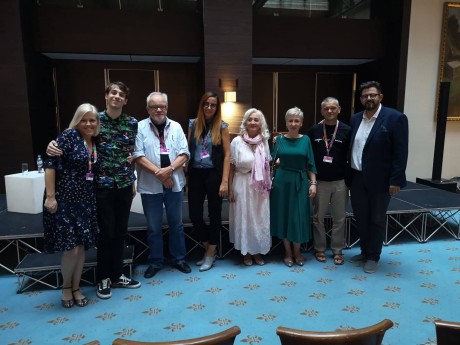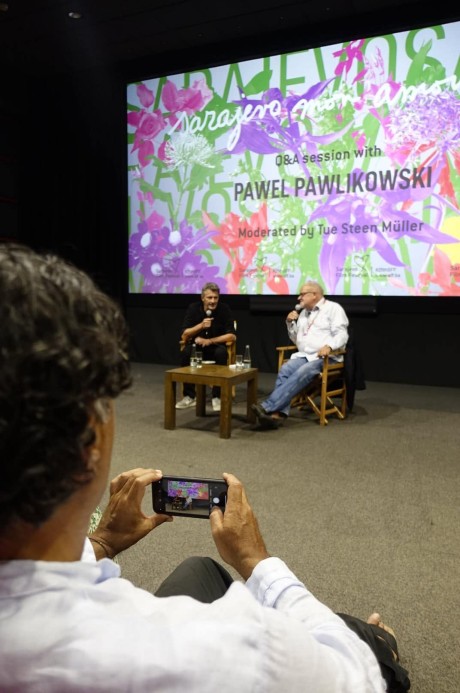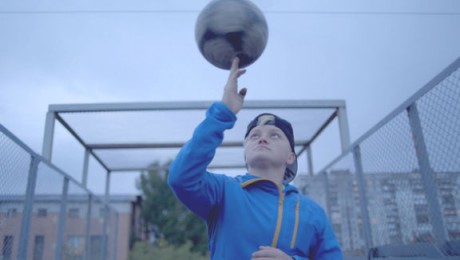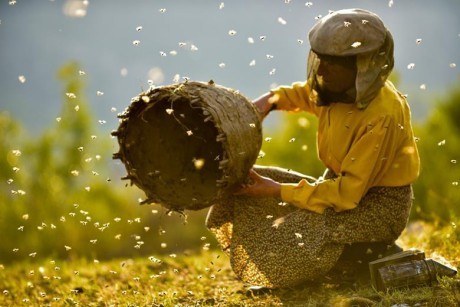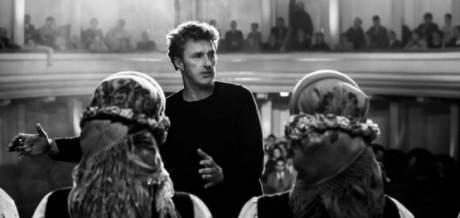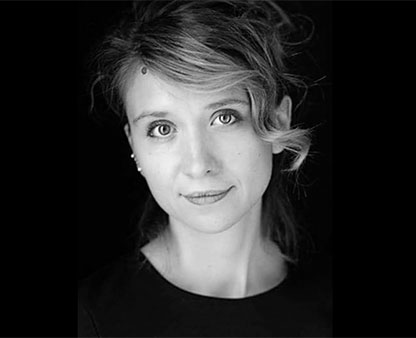
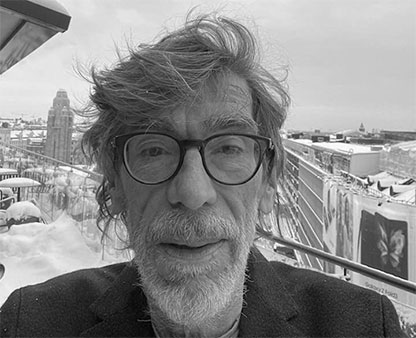
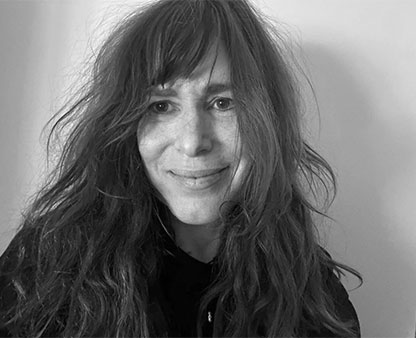
Kaspars Goba: Inga Can Hear

Jeg har kendt Kaspars Goba i mere end et årti. Måske før, måske mødte vi, da hans fremragende ”Seda. People of the Marsh ”(2004) kom ud. Senere havde jeg fornøjelsen at følge “Homo @ lv” fra 2015, hvor hans partner Ieva Goba var producent.
Fra hjemmesiden:… Kaspars Goba arbejdede på denne film i fem år. De omfattende optagelser, der er indsamlet gennem årene, giver tilskuerne mulighed for at få en ekstraordinær dyb indsigt i individers meninger og livshistorier på både ‘Pride’ og ‘NoPride’ fronterne. Den forbløffende afsløring af stolthed i Riga som vist i Kaspars Gobas arbejde, der startede fra starten i 2005 og frem til meddelelsen om, at Pride ikke blev afholdt i Riga i 2010, gør det muligt for seeren at overveje disse begivenheder fra et andet perspektiv. Det får en til at overveje den rolle, politikerne spiller i at manipulere folks idealer, og spørge: hvad er prisen for demokrati i Letland? … Ikke “kun” en dokumentar, men lige så meget en dokumentation af et kontroversielt emne i det baltiske land.
Jeg mødte Ieva Goba i sidste uge i Sarajevo, og vi talte om det kommende
Baltic Sea Docs in Riga, where the two’s new film project, “The Price of Meat”, will be presented. It has this short synopsis: A very personal story of the dilemmas faced by a vegetarian film director who after 19 years spent in documentary filmmaking and photography returns to his childhood farm and starts cattle farming… By the way Kaspars Goba is a brilliant photographer.
Long story to get to positive words about «Inga Can Hear» that was finished in 2018. A story about Inga, a girl living with her deaf parents in the countryside of Latvia, being the couple’s (and a brother) help in getting contact with life. With authorities. As and interpreter.
Goba has followed her for years, as we viewers do, seeing a girl becoming mature wanting step by step to get her own life. She is “inside” when needed, she is “outside”, when the deaf stand in a circle communicating with hands. It is very well interpreted by the camera.
“Will I achieve something in/with my life – I’m thinking about that when I get home and see all the problems I have been living with…“. She wants to study, the mother is against, the father supports her, she gets from the village primary school to the secondary school, she develops, she gets into troubles with classmates, who ,according to her, call her „a lesbian slut“, she is expelled from school and gets a job the same place where her mother works – as a seamstress.
Inga opretter en YouTube-kanal, hun vil skabe sin egen verden, udtrykke sig, hun har en stærk personlighed, hun vil være fri … hun ser ud til at have opnået en vis frihed, som filmen viser mod slutningen og alligevel forældrene er der stadig der regner med hende …
Det er en social dokumentar, en positiv, der altid følger Inga og hendes energi og aldrig bor ved tristhed og fattigdom. Tak for det! Og held og lykke til Inga og hendes kæreste!
Gå til hjemmesiden herunder, så finder du gratis vimeo-adgang til de film, der er nævnt ovenfor, “Seda …” og “Homo @ lv”. En generøs deling!
Letland, 2018, 60 minutter.
